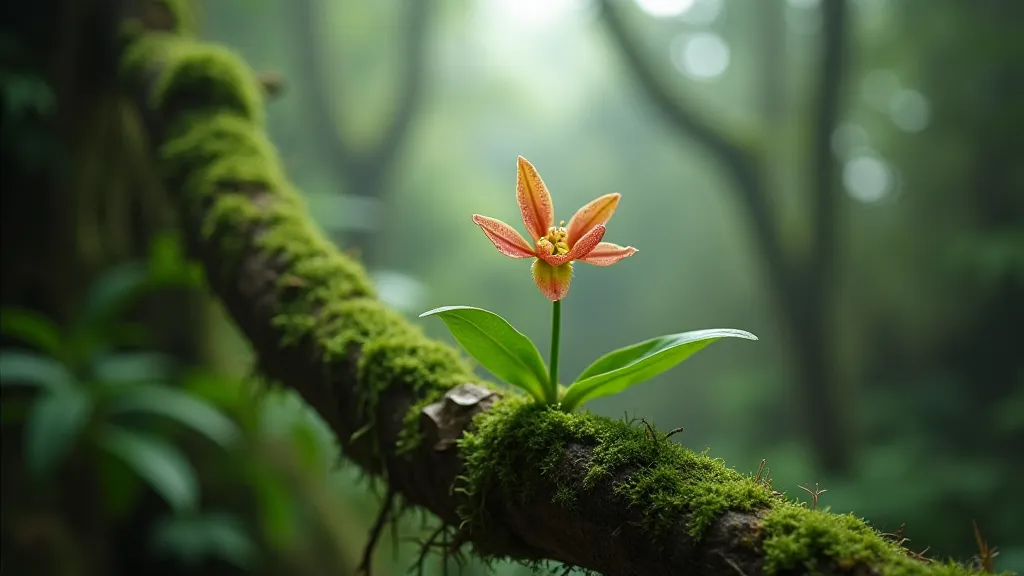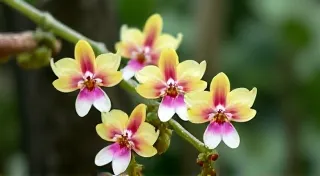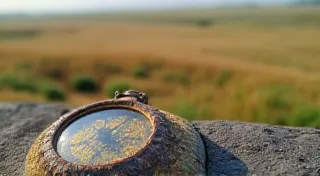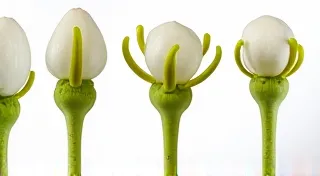Pleurothallis Orchids: Unlocking the Secrets of Their Delicate Beauty
Pleurothallis orchids. The name itself can sound daunting, but beneath the complexity lies a breathtaking world of miniature marvels and exquisitely detailed flowers. Belonging to one of the largest genera in the orchid family, Pleurothallis encompasses an astounding number of species, many of which remain poorly understood even by seasoned botanists. This guide aims to provide a foundation for identifying these fascinating orchids, focusing on key characteristics and providing visual comparisons to aid in recognition.
Understanding the Scale of the Pleurothallis Genus
Before diving into identification, it's crucial to grasp the sheer size of the Pleurothallis genus. Estimates place the number of recognized species anywhere from 2,000 to over 3,000, and new ones are continually being discovered, particularly in the cloud forests of Central and South America. The genus is predominantly found in these regions, thriving in humid, shaded environments. This vastness also means that there is incredible variation in form and appearance.
Key Characteristics for Pleurothallis Identification
While the sheer number of species makes definitive identification challenging, several recurring characteristics can help narrow down possibilities. Let's break down these key features:
1. Leaf Patterns: A Window into Species Differences
Pleurothallis leaves are incredibly diverse. They can be thick and fleshy, thin and delicate, ovate, lanceolate (long and narrow), or even almost succulent. Pay close attention to the leaf arrangement – are they arranged in a rosette (circular pattern), alternate along the stem, or clustered? The color and texture of the leaves also provide valuable clues. Some species have mottled or speckled leaves, adding another layer of visual detail.
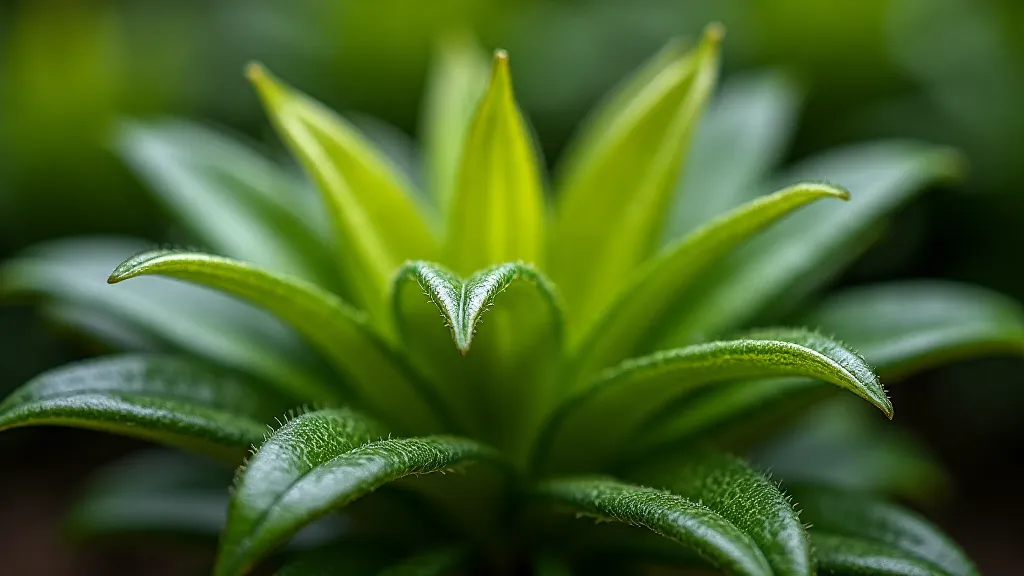
2. Flower Placement and Morphology
The flowers of Pleurothallis are notoriously small, often less than an inch across, and require close examination. They typically emerge from the base of the plant or from the nodes along the stem. The inflorescence (the arrangement of flowers) can vary widely - some plants produce long, cascading racemes (clusters), while others have short, compact flower spikes. The shape of the flower itself - the lip (labellum), column, and sepals/petals - is critical for identification. The lip is often highly modified and may be three-lobed or have unique appendages.
3. Growth Habit: Epiphytic or Terrestrial?
Most Pleurothallis are epiphytes, meaning they grow on other plants (usually trees) for support, without harming them. However, some are terrestrial, growing in soil. Observing the plant’s growth habit can offer another identifying clue. Epiphytic Pleurothallis often have aerial roots, while terrestrial ones are rooted in the ground.
4. Overall Plant Size and Shape
While many Pleurothallis are miniature orchids, some can grow to a considerable size. Note the overall plant habit – is it compact and rounded, sprawling, or pendulous (hanging)? The stem length and thickness can also be significant factors.
Visual Comparisons & Common Pleurothallis Types
Given the complexity, a visual approach is vital. Here are a few commonly encountered types and what to look for:
- Pleurothallis groenierii: Known for its striking, iridescent blue flowers. Leaves are typically small and ovate.
- Pleurothallis lutea: Features vibrant yellow flowers. Often has a compact, rosette-forming habit.
- Pleurothallis bowmaniana: Recognizable by its long, arching inflorescence and relatively large flowers for the genus.
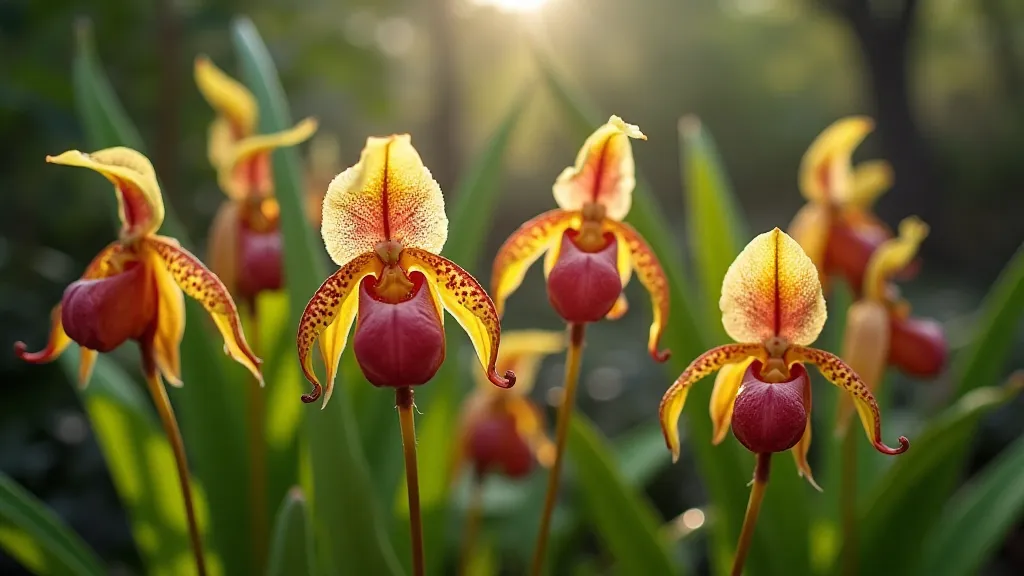
Challenges and Resources
Identifying Pleurothallis orchids can be a formidable task, even for experienced orchid enthusiasts. The sheer number of species, coupled with the frequent overlap in characteristics, makes definitive identification difficult. Cross-pollination and hybridisation also compound the challenge.
However, with careful observation, a keen eye for detail, and a good reference guide, you can begin to unravel the mysteries of these fascinating plants. Online orchid forums and specialist orchid societies can also provide valuable assistance.
Further Exploration
The world of Pleurothallis orchids is vast and rewarding. This guide provides a starting point, encouraging further exploration and appreciation for these delicate treasures of the cloud forests.
